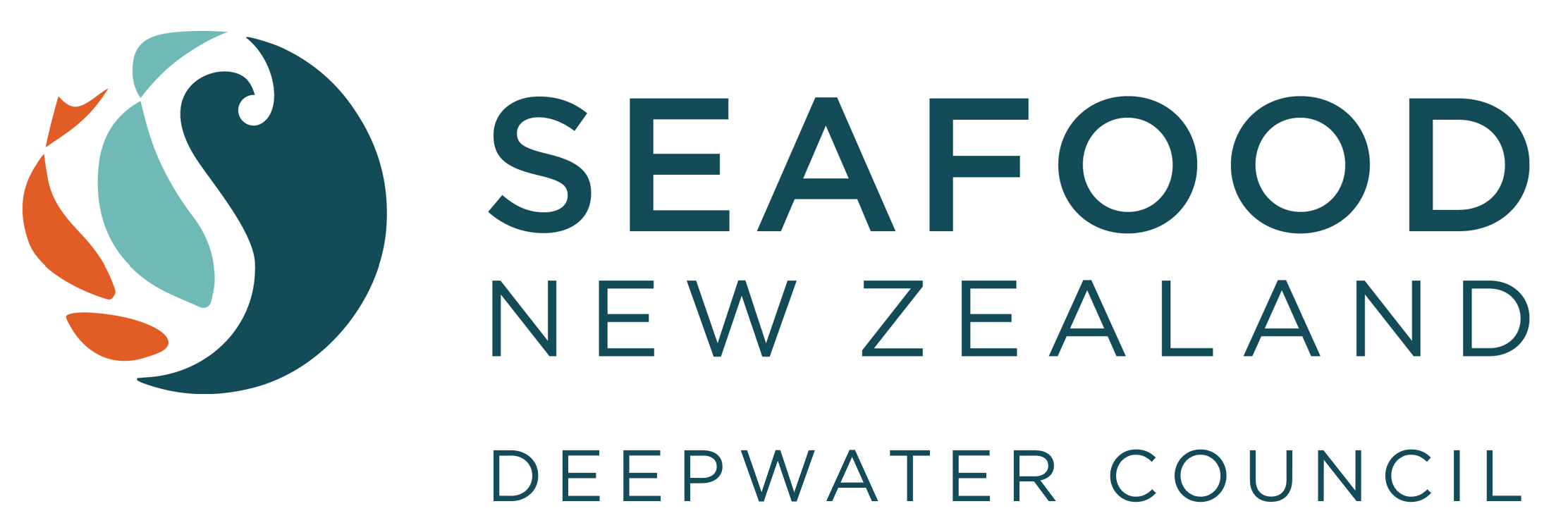Jeremy Helson: In defence of New Zealand fisheries
Republished from NZ Herald 27 April 2021. Opinion by Dr Jeremy Helson, the chief executive of Seafood New Zealand.

We welcome this chance to add balance by responding to a piece in the Herald by respected climate scientist Jim Salinger.
Read the article: Jim Salinger: Climate change, overfishing, a mammoth threat
Jim suggested in his opinion piece that "overfishing and habitat destruction due to local and regional threats are undermining fisheries, biodiversity, and the long-term sustainability of the ocean environment in our EEZ with liberation of large amounts of carbon dioxide emissions".
Jim, we respect your views on climate, but we can assure you that your statement is not correct for New Zealand oceans, nor for the management of New Zealand fisheries.
New Zealand has a robust and strictly enforced Quota Management System (QMS) which was designed to ensure our fisheries are sustainable and the wider aquatic environment protected. The QMS is a global success story.
Some New Zealand fisheries were once overfished and most have recovered to levels where they can be sustainably used. Orange roughy is a great example of this and is now independently certified as sustainable and healthy by the Marine Stewardship Council.
Jim quotes an article from Nature which was widely reported internationally, claiming that worldwide, trawling releases as much CO2 as aviation.
This is not what that article says. It was the headline in the Guardian newspaper when it reported on the article, but the actual story says no such thing. It does not even mention aviation. It talks about rebalancing what we do in the ocean to make sure we can protect biological diversity, maintain food production and assist carbon storage.
Whilst the original article says that trawling is likely increasing ocean acidification, it does not call for an end to trawling.
The Nature article does say that countries with the highest potential to contribute to the mitigation of climate change through protection of carbon stocks are those with large EEZs and large industrial bottom trawl fisheries including China's EEZ and Europe's Atlantic coastal areas, however there is a role, which New Zealand acknowledges, to be played by most coastal countries to help.
Here are some facts about New Zealand seafood and fisheries: Annually, only 1.1 per cent of New Zealand's EEZ is trawled; more than 30 per cent of New Zealand's EEZ is closed to bottom trawling; scientists have calculated that over 90 per cent of the EEZ has never been bottom trawled; New Zealand's bottom trawled closures are one of the largest national networks of protected areas in the world.
To Jim, and to anyone who has questions, we welcome you to contact us, to investigate, to come with an open mind.
